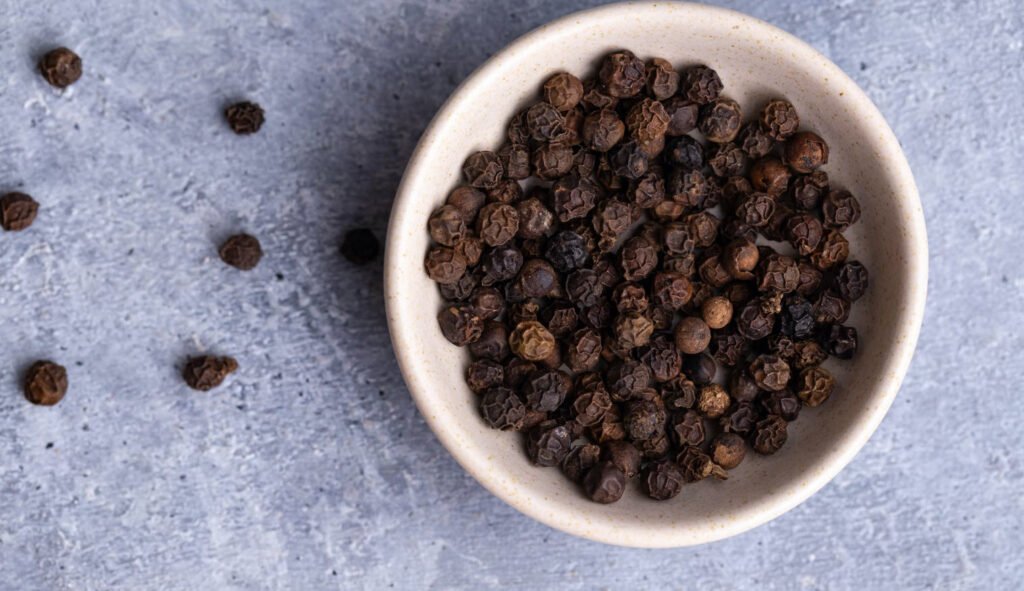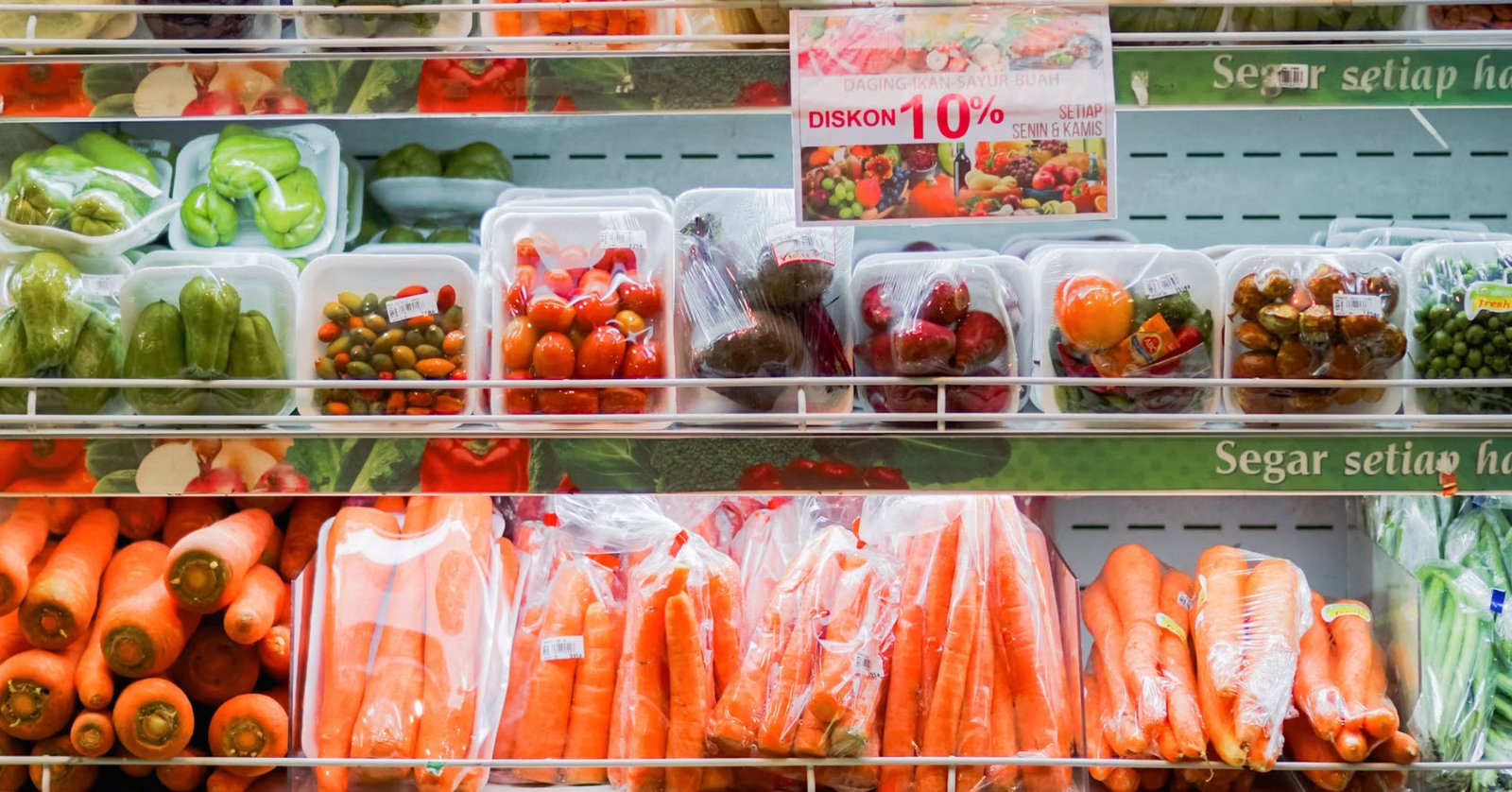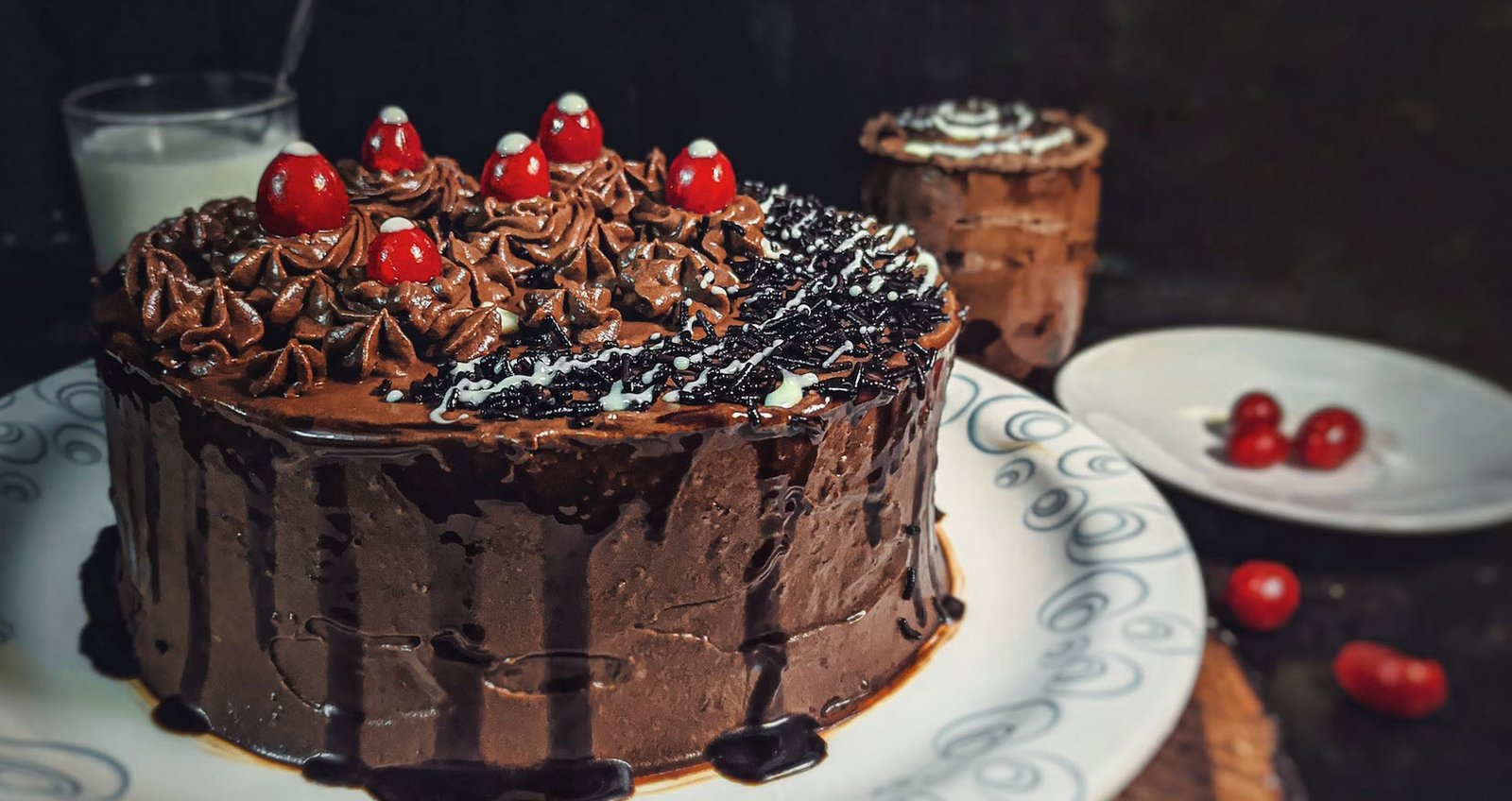
Black pepper is so common that it’s easy to dismiss as a culinary spice used simply for taste, but there’s a reason this spice was once called black gold. Besides being flavorful, black pepper strongly supports digestion. As you’ll see, it has been used for many different ailments.
It is the most popular spice of our modern day and accounts for a fifth of the total spice trade in the world. What we find most amazing about black pepper is its ability to help you increase your absorption of nutrients from your food. We also suggest keeping a pepper grinder full of whole peppercorns near your eating areas so that you can habitually add black pepper as a finishing touch to all your meals.
| Botanical name: | Piper nigrum |
| Family: | Piperaceae |
| Parts used: | Berries |
| Energetic: | Warming, Drying |
| Taste: | Pungent |
| Plant properties: | Antimicrobial, Antioxidant, Antispasmodic, Carminative, Circulatory stimulant, Stimulating diaphoretic, Stimulating expectorant |
| Plant uses: | Fevers, Mucus congestion, Slow or Stagnant circulation, Increasing bioavailability of other herbs, Hemorrhoids, Gentle laxative, Arthritis |
| Plant preparations: | Food spice, Tea, Tincture, Pastilles |
Before we look at the many medicinal benefits of black pepper, let’s get some glimpses of its fascinating history.
Pepper has been in common use in India and other Asian countries for at least 4,000 years and presumably much longer. It spread from there to the ancient Egyptians and Romans.
Also Read: 9 Best Vegetable Recipes You Need to Try in 2023
Our knowledge of peppercorns in ancient Egypt is limited. After the death in 1213 B.C.E. of the great pharaoh Rameses II, black peppercorns were stuffed in his nostrils as part of the mummification process. Flash forward 1,500 years, and we have a Roman cookbook from the 3rd century C.E. that contains peppercorn in many of its recipes, although it was probably a very expensive spice at the time.
Pepper took a spotlight during the height of the early European spice trade routes. During the middle Ages, peppercorns were considered an important trade good. They were referred to as “black gold” and were even used like money to pay taxes and dowries.
Types of Peppercorns
When buying whole peppercorns, you will notice red, white, and green varieties in addition to the common black. All of these come from the same plant but are prepared differently to achieve the different looks and slightly different tastes.
- Black peppercorns are harvested when unripe, boiled briefly, and then dried in the sun.
- White peppercorns are harvested when fully ripe. Their outer flesh is removed so that only the seed remains.
- Green peppercorns are harvested when unripe, then treated to preserve the green coloring (usually through freeze-drying, pickling, or other means).
- Red peppercorns are harvested when fully ripe, then treated to preserve the red coloring.
Medicinal Properties of Black Pepper
Black pepper has a broad range of use. Its hot and stimulating characteristics make it useful for a variety of cold and flu symptoms such as fevers with chills (stimulating diaphoretic) and for mucus congestion (stimulating expectorant).
Black pepper quickens the circulation by increasing blood vessel size and can be used for signs of stagnant circulation (such as cold hands and feet). It is also used topically for arthritic pain.
1. For Increasing Bioavailability
What I find most amazing about black pepper is its ability to increase the amount of nutrients that you absorb. This is referred to as potentiating bioavailability, and black pepper can do this with herbs, foods, and even pharmaceutical drugs.
In practical terms, adding a bit of black pepper to herbal formulas or to your dinner plate means that you have potentiated the qualities and nutrients of the healthy foods you are eating. This is why it’s my most frequently used spice. It makes sense to try to get the most nutrients out of our food, and black pepper can help!
A well-known example of black pepper’s ability to dramatically increase nutrient absorption is the effect of adding it to curcumin, an extract of turmeric. One study reported that piperine, an extract of black pepper, increased the bioavailability of curcumin by 2,000 percent.
Piperine also has been shown to increase the bioavailability of echinacea and berberine-containing plants like goldenseal. 4, 5 besides increasing the bioavailability of herbs, it has been shown that piperine can dramatically increase absorption of coenzyme Q10, beta-carotene, selenium, and vitamin B6. 6, 7, 8 an article in the International Journal of Recent Advances in Pharmaceutical Research says it may work for the following reasons:
- It acts as a circulatory stimulant by increasing the size of blood vessels, which helps to transport nutrients around the body.
- It modulates the physical properties of cell membranes, which helps transport nutrients through barriers.
- It produces a thermogenic effect in the gastrointestinal tract, which increases blood supply to the area.9
2. For Digestive Issues
Besides adding a pleasant taste to our food, there’s another reason that black pepper is found on practically every dinner table in homes and in restaurants. Black pepper supports healthy digestion. Do you ever feel like food is just sitting in your stomach, or do you have other signs of slow digestion, like bloating or gas?
Black pepper’s spicy attributes warm digestion to get things moving. On the opposite end of the spectrum, it can also be used to stop diarrhea, even when used externally. One study showed that stir-fried white pepper effectively stopped both chronic and acute diarrhea in infants and children when applied externally over the navel. 10
How to use Black Pepper
Since black pepper dramatically increases the bioavailability of many nutrients, I like to have it freshly ground onto every meal I eat. To get the most out of your pepper, buy whole peppercorns and then grind them as needed. Once they are ground, the aromatics evaporate quickly, so old ground pepper is of little benefit.
a) Recommended Amounts
Adding freshly ground pepper to your meals is a great way to enjoy the benefits of this spice. If using black pepper for more therapeutic reasons, such as for arthritis or cold and flu symptoms, the recommended therapeutic amount ranges from 1 to 15 grams per day.
b) Special Considerations
Large doses of black pepper may cause nausea and digestive upset. It could potentially act as a synergist with many pharmaceutical drugs, which means it can increase the effects of a drug in unexpected ways. If you are taking pharmaceuticals, consult with your doctor before taking anything more than a normal culinary amount of black pepper.
1. Trikatu Patilles
Don’t be intimidated by the name; pastille is basically a fancy French term for pills, while trikatu is the name of a famous Ayurvedic herbal formula that is a simple combination of three pungent herbs: black pepper, ginger, and long pepper. (Long pepper, Piper longum, is a close relative of the peppercorn.)
Suggested Read: 10 Best Salad Recipes You Can Make Fast
It is perfect for people with signs of cold or stagnant digestion (such as bloating and gas), or for people with excess mucus. Trikatu can be found in many health food stores, but making your own ensures that it is fresh and potent. Plus, it’s really easy! One of these pastilles can be taken with each meal.
If you make them small enough, they can be swallowed whole; if you like things really spicy, you can chew them. You can easily adjust the quantity by remembering that this recipe uses equal parts of each herb (by volume, not weight). The measurements here will give you a small batch of pastilles. To make a large batch, try ¼ cup of each herb and increase the amount of honey too.
- 1 tablespoon freshly ground black pepper
- 1 tablespoon ginger powder
- 1 tablespoon long pepper powder
- 1 tablespoon honey
- ½ tablespoon licorice powder or orange peel powder for coating the pastilles (optional)
Yield: 3 tablespoons
- Mix together the black pepper, ginger, and long pepper.
- Very slowly drizzle a small amount of liquid honey, about a teaspoon, over the herbs. (If your honey has crystallized, warm it slightly by placing the jar in a pan of hot water to get it to a completely liquid consistency.) Stir.
- Continue adding honey 1 teaspoon at a time, stirring in between, until the powdered herbs become a thick, mold-able paste. Don’t add too much honey or you won’t be able to form it into balls. If this happens, add more herbs until you get a paste like consistency.
- To make each pastille, take a pea-size amount of paste and roll it gently between your fingertips until it forms a small ball. Roll the pastilles in the licorice or orange peel powder to coat them, if desired. The powder is an optional ingredient, but it does help keep the pastilles from sticking together.
- Store your pastilles in an airtight container. They should last indefinitely, but for best results use them within six months
Orange peel powder is simply orange peel that has been dried and powdered. It is different from store bought “dried orange peel,” which comes in small, uniform chunks. If you make your own, place the dried peels in a spice grinder or food processor and process until it is a fine powder.

2. Peppery Borscht
Borscht is a traditional beet soup from Eastern Europe. This is a perfect fall and winter soup as it’s dense, warming, and filled with winter vegetables. The pepper gives this hearty soup an earthy, spicy taste.
- 2 tablespoons butter
- 1½ cups chopped onions
- 1 pound ground beef (preferably grass-fed)
- 4 garlic cloves, minced
- 1 teaspoon caraway seeds
- 2 teaspoons salt, or to taste
- 2 tablespoons freshly ground black pepper
- 2 bay leaves
- 1 celery stalk, chopped
- 1 large carrot, sliced
- 3 cups coarsely chopped purple cabbage
- 2 cups cubed beets
- 1½ cups cubed potatoes
- 1 cup chopped fresh shiitake mushrooms
- 6 cups chicken or vegetable stock
- 1 tablespoon balsamic vinegar
- 1 cup chopped beet greens, including stems if desired
- 1 tablespoon honey
- 1 cup tomato puree
- green onions, for garnish
- sour cream (optional)
Yield: 10 cups, roughly 5 servings
- Heat the butter in a large pot over medium heat. Add the onions, and sauté until they are translucent.
- Add the ground beef to the pan and cook until browned.
- Add the garlic, caraway seeds, salt, pepper, and bay leaves. Sauté for 1 minute.
- Add the celery, carrot, cabbage, beets, potatoes, mushrooms, and stock. (You can peel the beets and potatoes if you desire, but I never do.)
- Bring the mixture to a boil, then lower heat and simmer until all the vegetables are tender, about 30 minutes.
- Stir in the balsamic vinegar, beet greens, honey, and tomato puree. Cover and continue to simmer for 5 more minutes.
- Remove the bay leaves before serving. Garnish with green onions and serve with a dollop of sour cream, if desired.
3. Chinese Five-Spice Blend
Chinese five-spice blend is commonly used to flavor many popular Chinese restaurant dishes. This recipe is just one example of many different blends.
You may also read: 15 Best Ice Cream Recipes To Make Right Now
Over time you may be inspired to create your own. I recommend making this in small batches with whole herbs, ground fresh. (Remember that most powdered herbs lose their flavor and potency within a couple of months.) Try this on meats, veggies, and even popcorn. It is also used in Lemon Balm and Orange Chicken.
- 2 teaspoons peppercorns (6 grams)
- 2 teaspoons cinnamon chips (6 grams)
- 2 whole star anise (2 grams)
- 1 teaspoon whole cloves (2 grams)
- 1 teaspoon fennel seeds (2 grams)
Yield: approximately 2 tablespoons
- Toast all ingredients in a dry pan over medium heat until fragrant, about 2 to 3 minutes. Swirl the pan gently and toss the seeds occasionally to prevent burning. Allow to cool.
- Add the mixture to a spice grinder and grind. (My grinder takes about 30 seconds to get a consistent, soft powder.)
- Store this blend in an airtight spice jar out of the light.
You can buy cinnamon chips or break a whole cinnamon quill into smaller pieces.
You may also like:- 10 Simple Ways to Safely Store Food
- Delicious Heart-Healthy Fruits and Vegetables to Include in Your Diet
- The Health Benefits of Concord Grape Juice
- Understanding Food Cravings – What Do They Mean?
- The Healthiest Seafood to Incorporate into Your Diet
- Top 12 Vegetarian Protein Sources You Need To Know
- 5 Heart-Healthy Nutrients Beyond Fish Oil
- Best 16 Christmas Candies, Cakes and Puddings
- Six Important Medicinal Properties of Ashwagandha
- Top Benefits and Medicinal Properties of Peppermint








